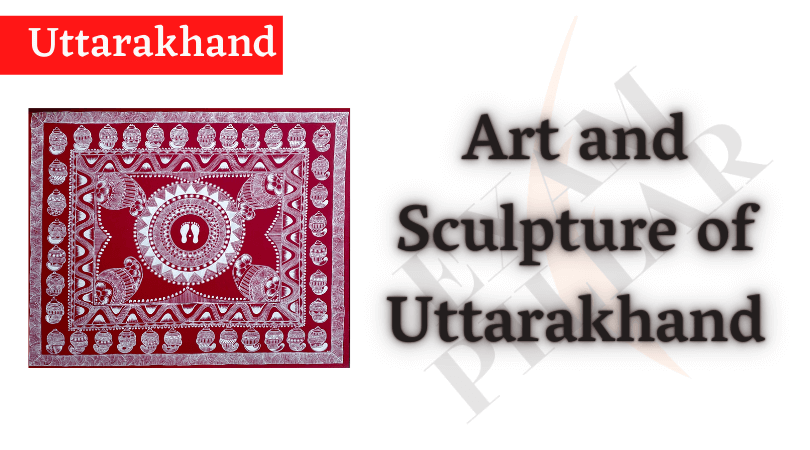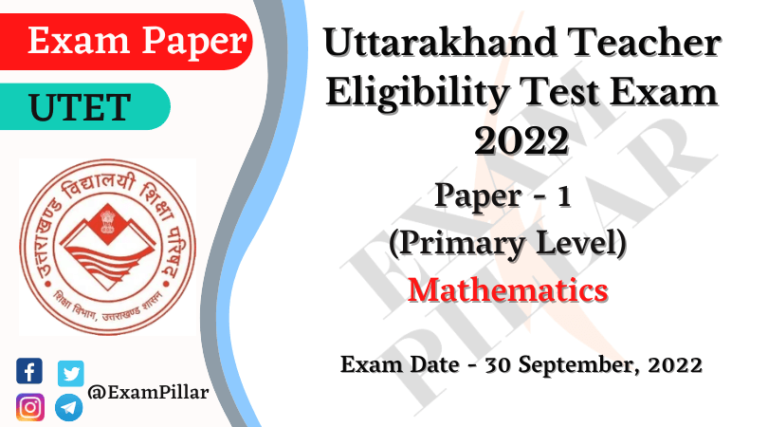Uttarakhand is also hailed as the Dev Bhoomi. Spirituality, mysticism and pristine nature are the major contributors in establishing the state as one of the major pilgrimage center of Hindus. There are several temples of interest that follows the Nagara style of architecture. Char Dham makes one of the major pilgrimage centers that include four most worshiped Hindu temples viz Yamunotri, Gangotri, Kedarnath and Badrinath. The main shrine of Badrinath Temple houses the black stone image of Lord Badrinarayan, sitting under a gold canopy, under a Badri Tree. There are fifteen more murtis around the temple that are also worshipped and they are: murtis of Nara & Narayana, Narasimha (the fourth incarnation of Vishnu), Lakshmi, Narada, Lord Ganesha, Uddhava, Kubera, Garuda (the vehicle of Lord Narayan), and Navadurga. Baleshwar temple is dedicated to Lord Shiva. The two other temples in the compound of Baleshwar temple: one dedicated to Ratneshwar and other to Champawati Durga. The temple is an example of South Indian Architecture with stone carving works. The exteriors of these two temples are carved with the different posters of the local deities.
Mahasu Devta Temple is located on the Tuini-Mori road at Hanol in Uttarakhand. It is an ancient temple of Mahasu Devta built in 9th century. The temple was initially constructed in Huna architectural style initially but, over the ages, acquired a mixed style. The stone built classical sanctum sanctorum has one bronze image. Those in front row from left to right are images of Chalda Mahasu (the Mahasu who keeps on moving), Devladli Devi (mother of Mahasu Devta), Kapala Bir (one of the four birs (attendants) of Mahasu Devta), and Shedkuliya (the attendant who emits the whistling sound). Behind them are Pavasi Devta, Kailu (a bir), Natari (polyandrous wife of four Mahasu brothers). All the face images are seated in the middle of a small bronze image which is regarded as Botha Mahasu. Neelkanth Mahadev Temple is dedicated to Lord Shiva. The temple sikhara is adorned with sculptures of various Devas and Asuras depicting the Samudramanthan. The temple sculptures of Uttarakhand are simple and depict the North Indian style of stone carving. Images are either made of bronze or black stone.
Garhwal School of Painting
Garhwal was always considered a safe haven for wanderers, adventurers, political exiles, philosophical thinkers and nature lovers. About the middle of the 17th century A.D. Suleman Shikoh, a Mughal Prince, took refuge in Garhwal. The Prince brought along with him an artist and his son who were his court painters and well versed in the Mughal style of Miniature Painting. After nineteen months, the Prince left Garhwal but his court painters, enchanted by the environs, stayed behind. These painters settled in Srinagar (Garhwal), the then capital of the Pawar dynasty and introduced the Mughal style of painting in Garhwal. With the passage of time, the successors of these original masters became expert painters and also developed an original style of their own. This style later on came to be known as the Garhwal School of Painting.
About a century later, a famous painter, Mola Ram, developed a style of painting equaled in romantic charm only by few other styles of painting. He was not only a great master of the Garhwal School but also a great poet of his time. We find beautiful poems in some of Mola Ram’s paintings. There are definite influences of other Pahari Schools reflected in these paintings, but the overall originality of the Garhwal School is maintained. Special features of the Garhwal School include beautiful women with fully developed breasts, thin waist line, soft oval shaped face, delicate brow and thin nose with defined nose bridge. A poet cum artist Mola Ram was undoubtedly an exceptional personality of his age, for, he wrote poems, made notes on natural history, collected data and painted a diverse range of subjects. The matrimonial alliance of King Pradhyuman Shah (1797-1804 AD) with a Guler Princess of Kangra induced many Guler artists to come and reside in Garhwal. Their technique greatly influenced the Garhwal style of painting. With the conceptualisation of ideal beauty, its fusion of religion and romance, its blending of poetry and passion, the paintings of Garhwal are an embodiment of the Indian attitude towards love.
We know the names of various painters of that period. Shyam Das and Har Das were first in the family tree, probably being the first to come to Garhwal with Prince Suleman. Hiralal, Mangat Ram, Molaram, Jwalaram, Tejram, Brijnath were some of the great masters of this school of art. The masterpieces of the Garhwal School of Painting include the illustrations of Ramayana (1780 A.D.) Celebrations of Balarama’s birthday (1780 A D), Series of Raginis, Shiva and Parvati, Utkat Nayika, Abhisarika Nayika, Krishna painting the feet of Radha Radha looking into a mirror, Varsha Vihar Kaliya Daman, Illustrations of Gita Govinda. Rich collections of these paintings are displayed at the University Museum in Srinagar, Garhwal, along with many sculptures and finds from archaeo logical excavations.
Dekara :- Special images of Gods and Goddesses were made, since idol worship played an important role in the lives of the inhabitants of Garhwal. Dekaras are the clay images of Gods and Goddesses either in relief or in three
dimensional form and are meant solely for worship. They are prepared out of fine clay mixed with Colour
Aipan :- Aipan is one of the traditional art (painting form) of Kumaon. It has great social, cultural and religious significance. Aipans are known by different names and is in popular in many parts of India with larger variations. It is called Alpana in Bengal, Satiya in Gujrat, Rangoli in Maharashtra, Chowk pooran in UP, Kolam in south India, Madne in Rajasthan, Arichan in Bihar and Bhuggul in Andhra.
In Uttarakhand, aipan are popularly drawn at places of worship, houses, and main entry doors of house and in front courtyard. Some of these artistic creations have great religious importance and these are drawn during particular religious ceremonies or auspicious occasions such as marriages, Threading ceremony, naming ceremony etc. to perform rituals while others are for particular God / Goddess and a few for aesthetic look.
This art is carried over generation by generations and mothers pass it on to their daughters and daughter in laws. However, with the wind of modernization blowing, this art is depleting fast. Our younger generation, born and brought up in cities outside Uttarakhand might not be familiar with it. As a humble attempt to spread awareness of our cultural heritage does not get eliminated in the wind of modernization, I have collected information from various sources and posted here for the benefit of everyone. Traditional Aipan The traditional aipan of Kumaon are drawn in linear art, geometrical designs, Flowers or imprints. These are mostly drawn for decorative purpose.
| Read Also : |
|
|---|---|
| Uttarakhand Study Material in Hindi Language (हिंदी भाषा में) | Click Here |
| Uttarakhand Study Material in English Language |
Click Here |
| Uttarakhand Study Material One Liner in Hindi Language |
Click Here |
| Uttarakhand UKPSC Previous Year Exam Paper | Click Here |
| Uttarakhand UKSSSC Previous Year Exam Paper | Click Here |
| MCQ in English Language | Click Here |





Leave a Reply